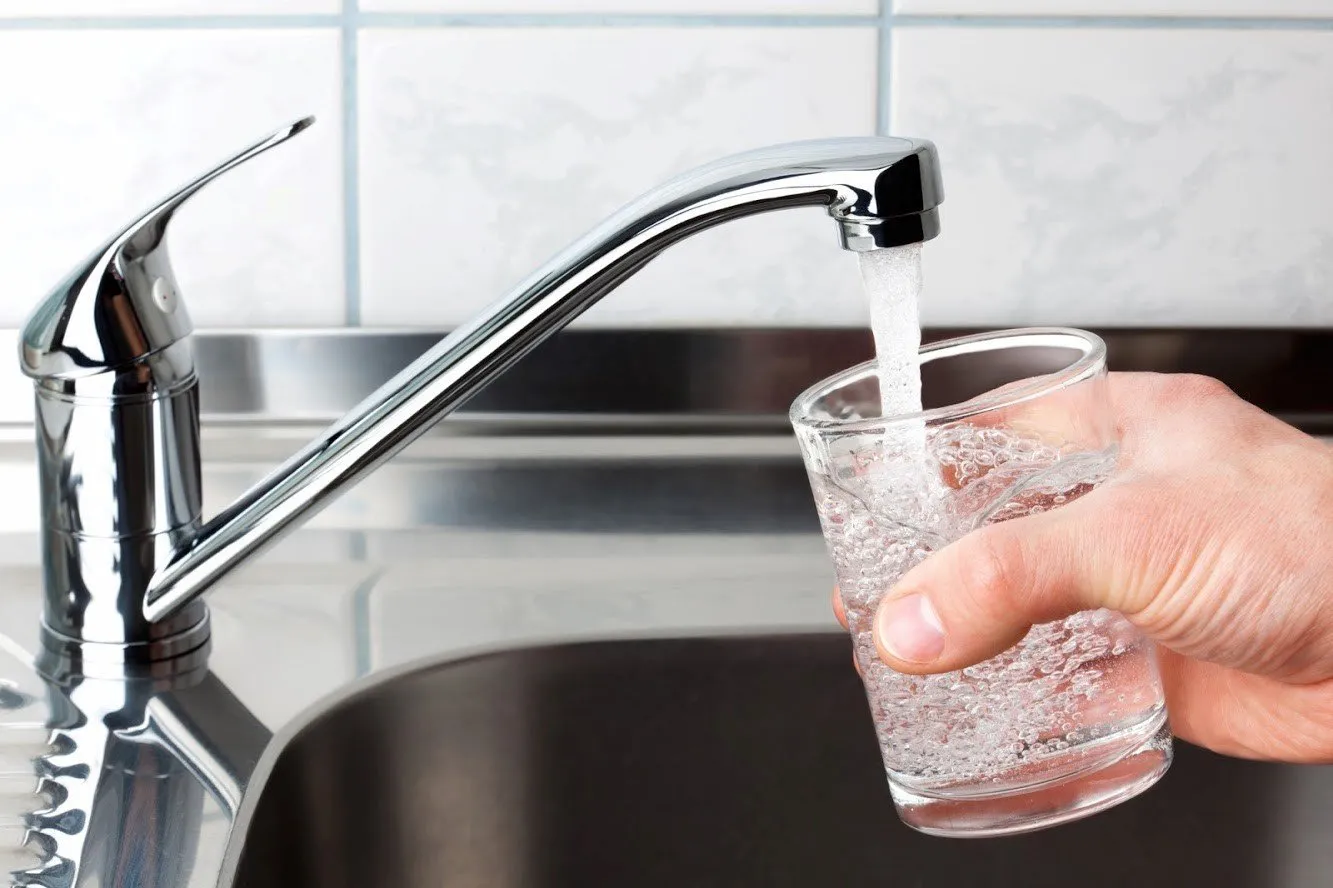
A Guide to Submersible Well Pump Options
If you plan to install a water well on your property soon, then should learn about all of your submersible well pump options. While other well pump types are available, submersible pumps are very popular because they can be added to wells of various depths, perform well, and are relatively affordable.
However, not all submersible well pumps are alike, and you have various pump options you can choose from to ensure your pump is perfect for your family’s needs.
Read on to learn about a few of your submersible well pump options to help you choose a pump that is ideal for your family.
Traditional or Variable Speed
There are two main types of submersible well pumps: traditional pumps and variable speed pumps.
Traditional Pumps
A traditional well pump operates at just one speed. This pump is activated automatically when the water pressure in your well pressure tank drops to a predesignated minimum pounds per square inch (psi) and then shuts off when the tank pressure meets a predetermined maximum psi.
Since pressure tank settings typically allow water pressure in the tank to drop by about 20 (psi) before this pump type activates, the water pressure in a home connected to a well with this pump type tends to fluctuates slightly throughout the day. This well pump type is a good option if you want a simple pump and do not mind water pressure fluctuations in your home.
Variable Speed Pumps
Variable speed pumps, also called constant pressure pumps, operate at a variety of speeds instead of just one. Pump speed is adjusted by a special electronic controller that is typically located in the well pressure tank. Instead of activating when tank pressure drops by about 20 psi, this pump is activated when tank pressure drops by as little as 2 psi to keep home water pressure relatively steady.
This well pump type is a great option if you desire very consistent water pressure in your home.
Pump Flow Rate
Another submersible pump option you have is the pump flow rate that is typically measured in gallons per minute (GPM). This rating designates how much water the pump can shift into your pressure tank where it is available for use during a specific period of time. If your pump flow rate is too low, then your pump may not be able to keep up with your family’s water demands.
There are two ways to determine the pump flow rate that is right for your family’s needs:
1. Fixture count. To use the fixture count method to determine the ideal pump flow rate for your family, count the water fixtures in your home. Then, choose a pump with a flow rate with a GPM rating equal to your home’s number of water fixtures.
2. Peak demand. The peak demand method of determining your family’s ideal pump flow rate can be more accurate, yet requires tracking your family’s water use habits and then performing calculations. Ask your well pump professional to help you calculate your family’s peak water demand and ideal pump flow rate.
Two- or Three- wire Pump
Both two-wire and three-wire submersible pumps are available. These pumps differ greatly in design.
A three-wire pump has many of its important electrical components located in a control box installed above ground away from the well pump that is located deep underwater. If any of the components in the control box malfunction or break, they can be easily repaired or replaced without having to pull the entire pump out of the well, which is a time- and labor-consuming process.
A two-wire pump has all of its electrical components located inside of the fully submerged pump instead of in a control box above ground. While the location of these components makes them more difficult to repair, two-wire pumps tend to need fewer repairs overall due to their more simple design.
If you plan to have a water well installed on your property, then you have many well pump options. Keep these submersible pump options in mind as you choose the right pump for your well and family. Contact the water well experts at Bruce MacKay Pump & Well Service for all of your well pump needs today.

